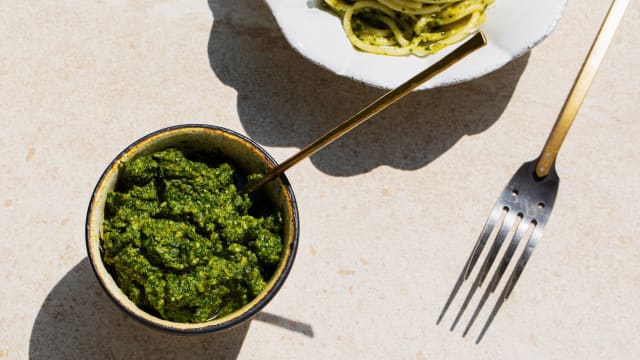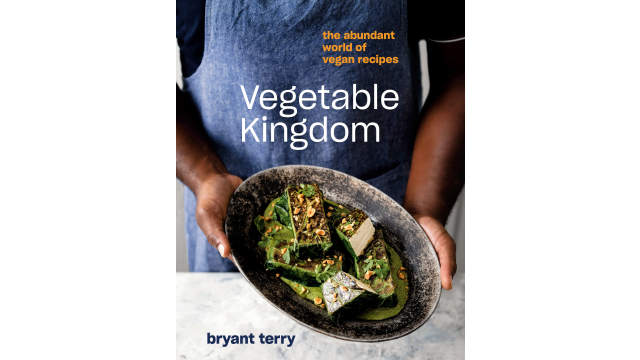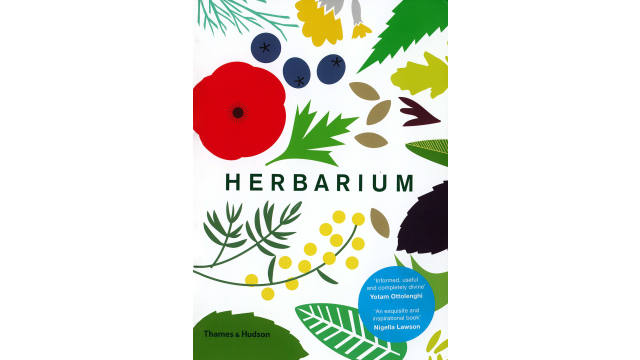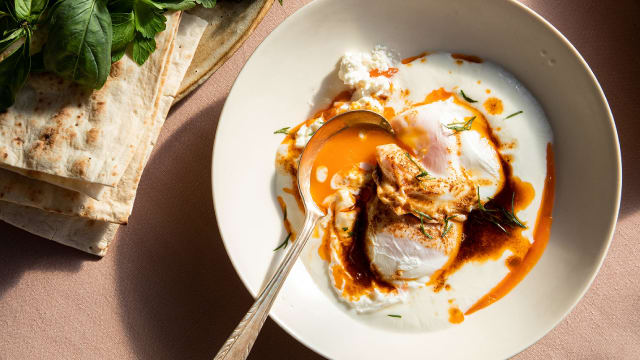Purslane

Latin name: Portulaca oleracea
Other names: common purslane
Uses: vegetable
What is purslane?
Purslane (and its close relative, miner’s lettuce) are delicious salad herbs you might see in farmers’ markets from time to time, especially in the spring. Better yet, you might see it in your own yard — it’s a pretty common weed.
Why is purslane healthy?
Purslane contains vitamins (especially A and C) and minerals (magnesium, manganese, iron, and calcium), but its real claim to fame is having several times more omega-3 fatty acid content than any other leafy green.
What does purslane taste like?
Purslane has a crisp, sour/lemony and grassy flavor like sorrel, with a slightly mucilaginous quality to its succulent leaves. If you harvest your own, pick it in the morning for the best flavor.
How do I use purslane?
Because of its prostrate growth habit (it’s a creeper!) it’s important to thoroughly rinse purslane to remove any dirt and grit clinging to it. The succulent stems and leaves are both edible raw or cooked, so you can add them to salads and stir-fries with equal aplomb. The mucilage is great for thickening soups and stews, similar to okra or filé. You can also pickle sprigs of purslane to add crunch and brightness to sandwiches or tacos.
What does purslane pair well with?
The pleasantly sour-crisp flavor and texture of raw purslane (plus its season) makes it an ideal partner to summer ingredients like tomatoes, cucumbers, and green beans, plus lemon juice, grassy olive oil, yogurt, and salty/crumbly cheeses — all great pairings for Mediterranean dishes. It’s similarly well-matched to these flavors when cooked, as it takes on a spinach-y flavor that’s perfect with eggs and flaky pastry.
Where does purslane grow?
Purslane is a summer crop that grows weedily throughout North America. It’s also widespread from Southern Europe to North Africa and the Middle East to the Indian subcontinent. As a crop plant, it’s primarily produced in the Netherlands, France, Belgium, Germany, and England.
How to buy purslane:
Whether you find the green or golden varieties, look for shiny, firm-leaved specimens without a bunch of seed pods attached (that means they were harvested late), and store purslane in the fridge. Wrapped in a damp paper towel inside a produce bag, they’ll keep for a couple days.
Fun purslane fact:
Purslane’s reputation as a weed in North America is extremely unfair, since besides being tasty it is, per calorie, among the world’s most nutrient dense plants.






